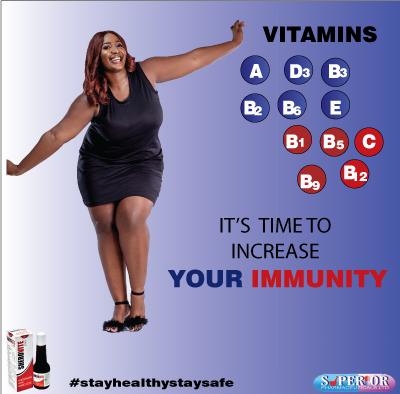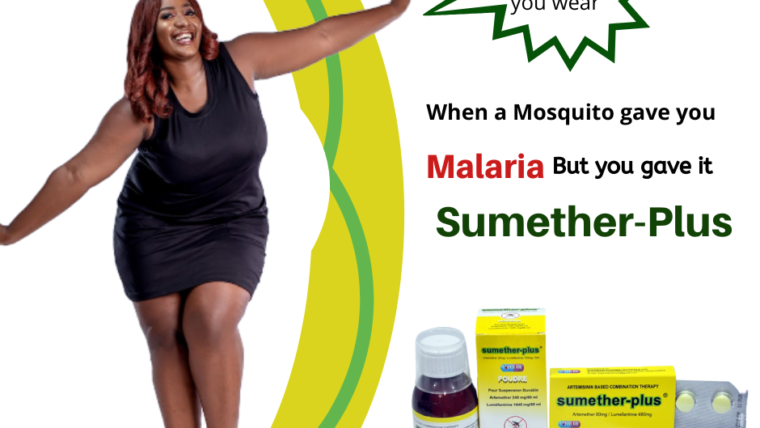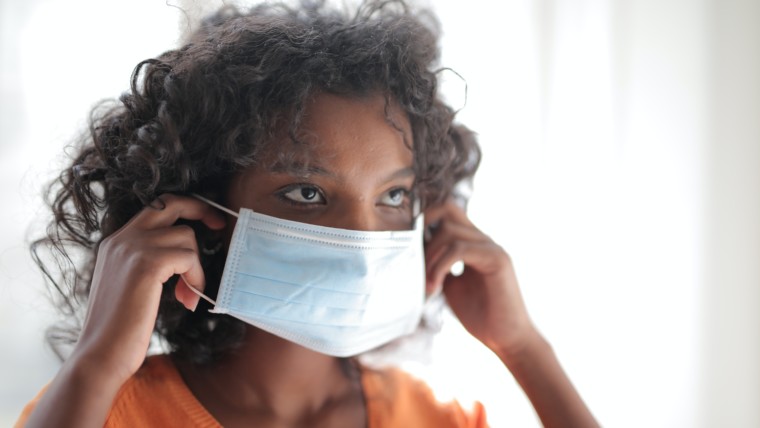Dysmenorrhea is the term used to describe painful menstrual periods. The uterus is a muscle. Normally, chemicals called prostaglandins cause the uterus to contract during your period. The contractions push out the build-up of tissue that occurs each month inside the uterus. If the contraction is very strong, it can cause pain. The pain may feel like cramping in the lower abdomen, lower…







